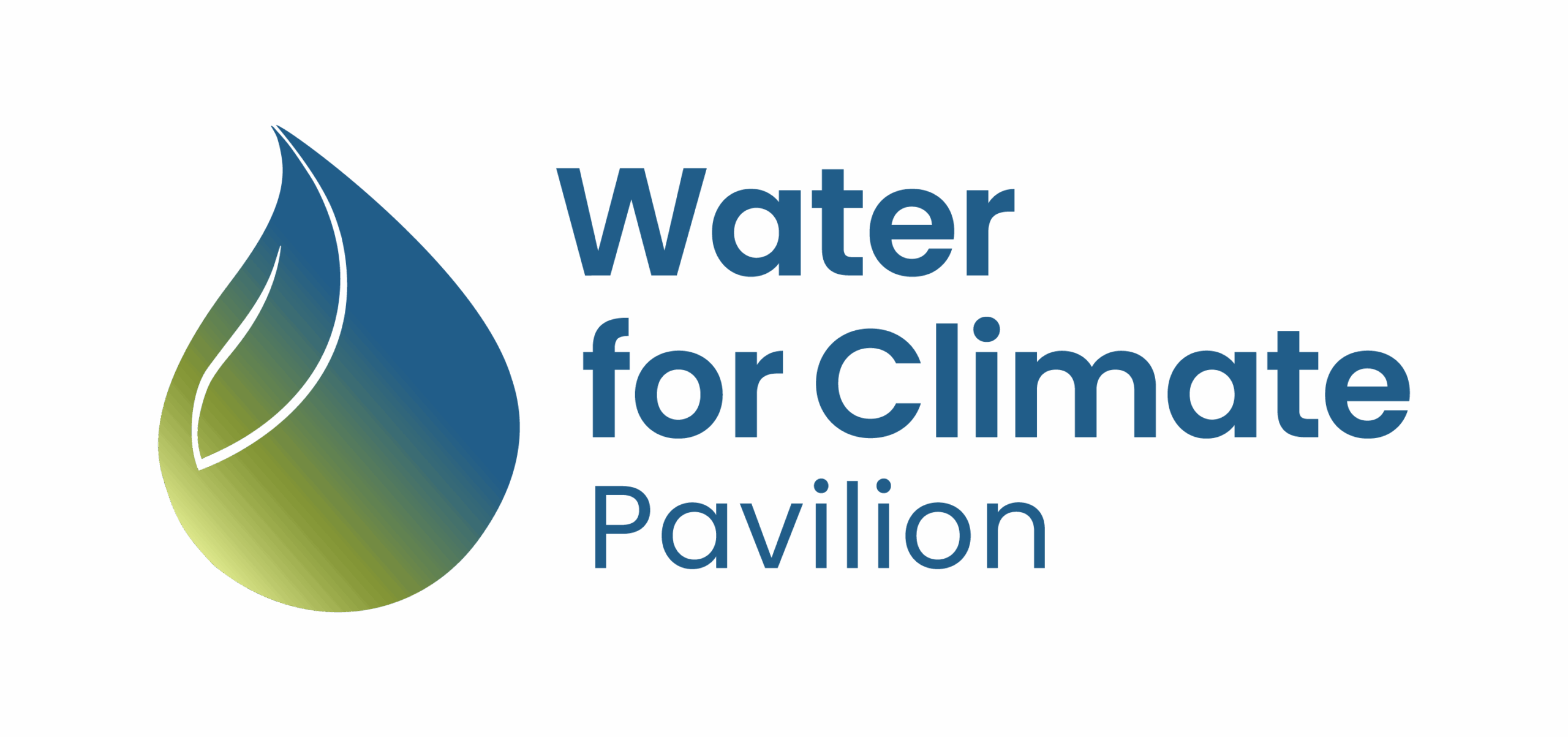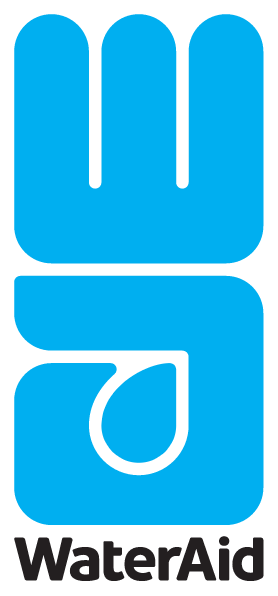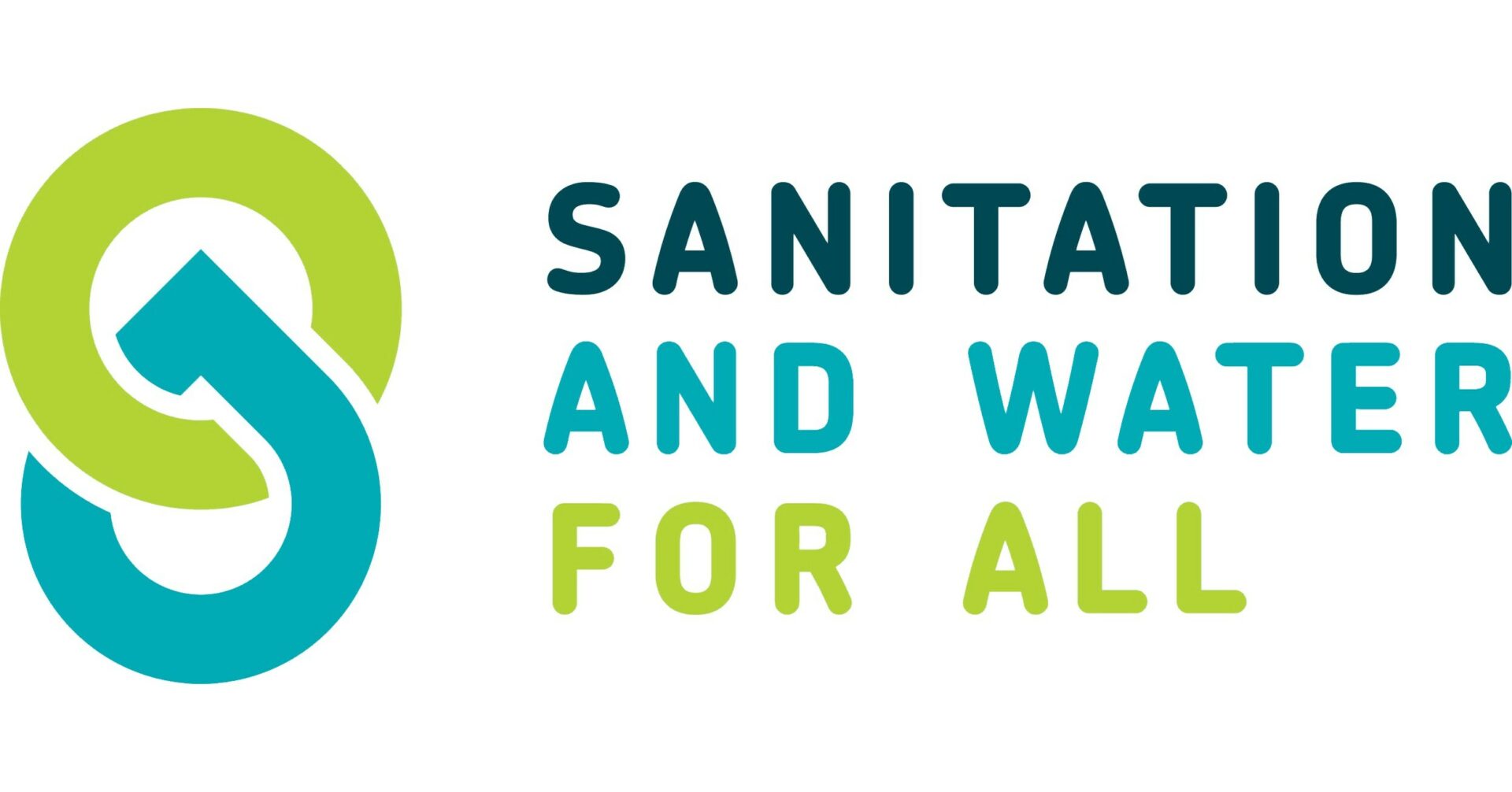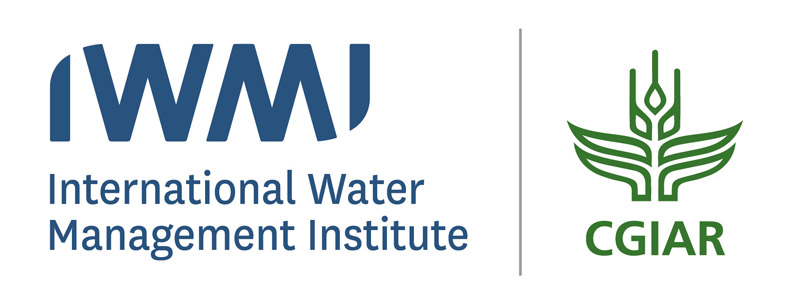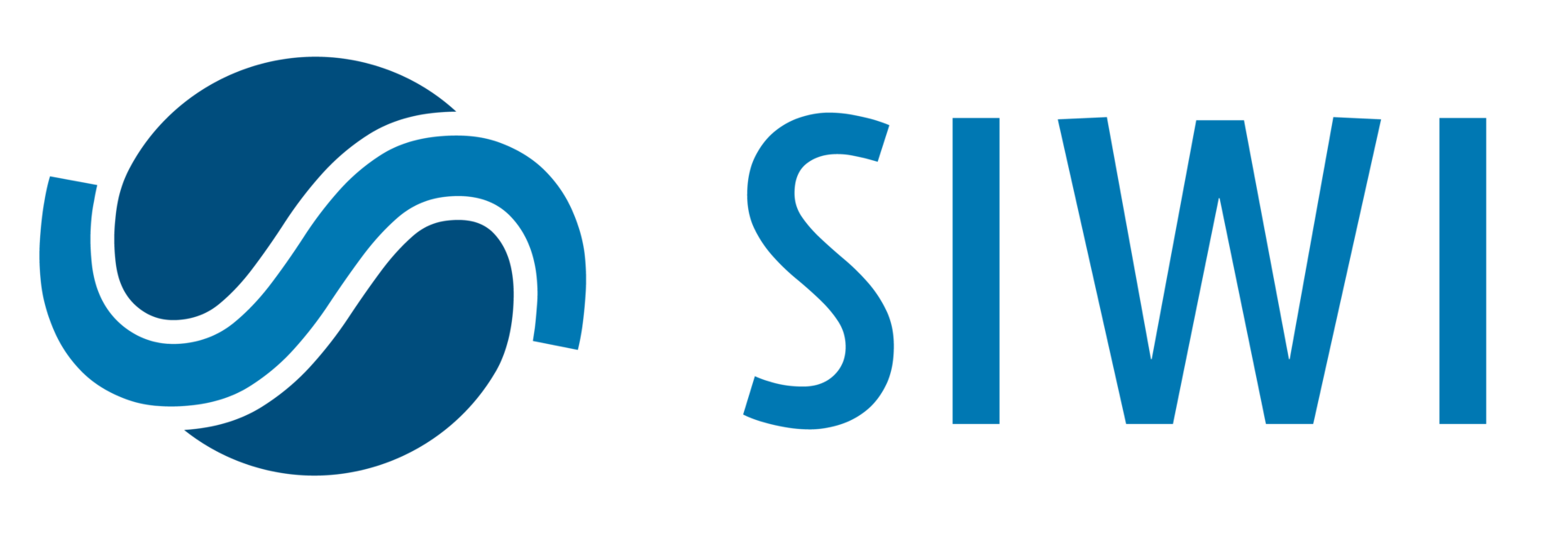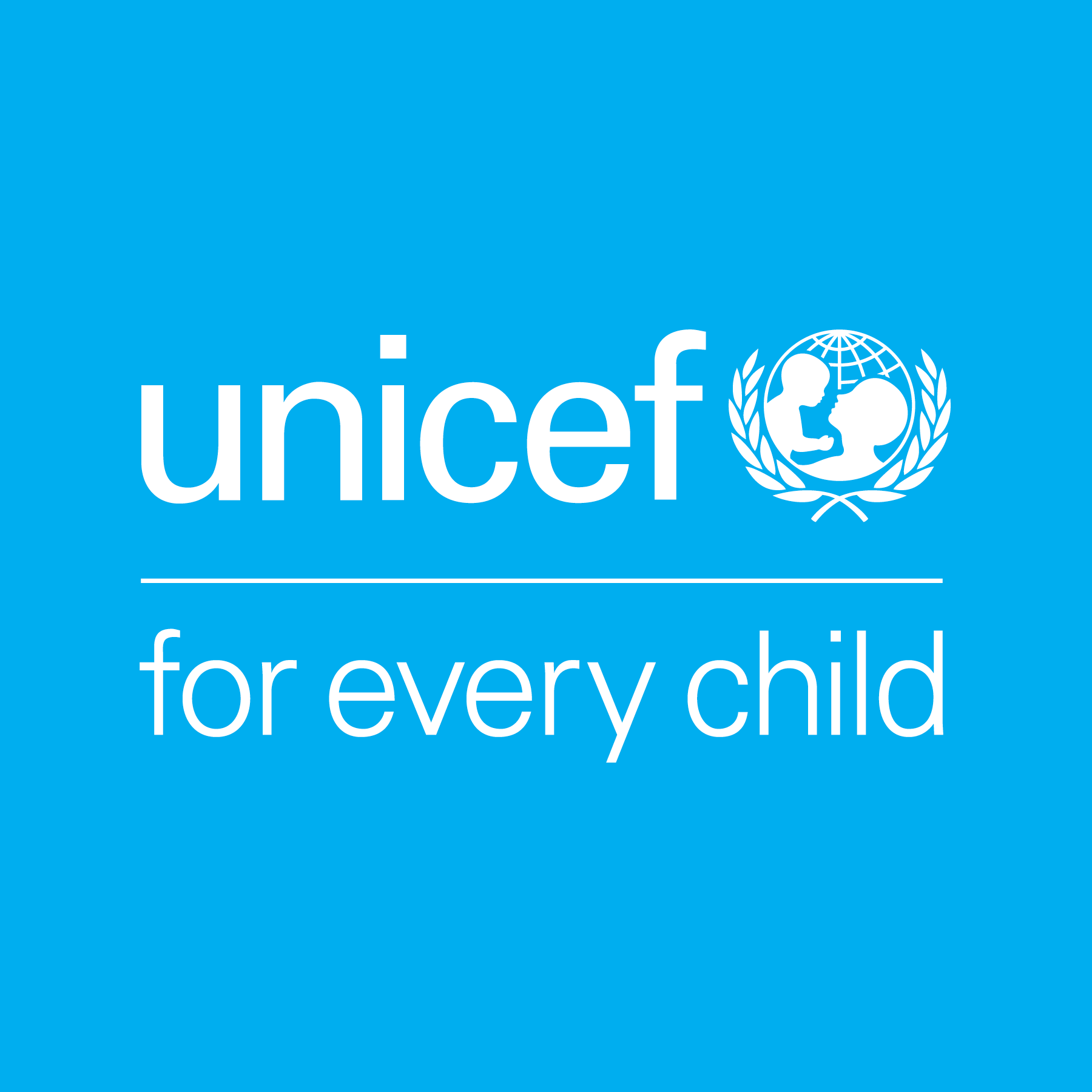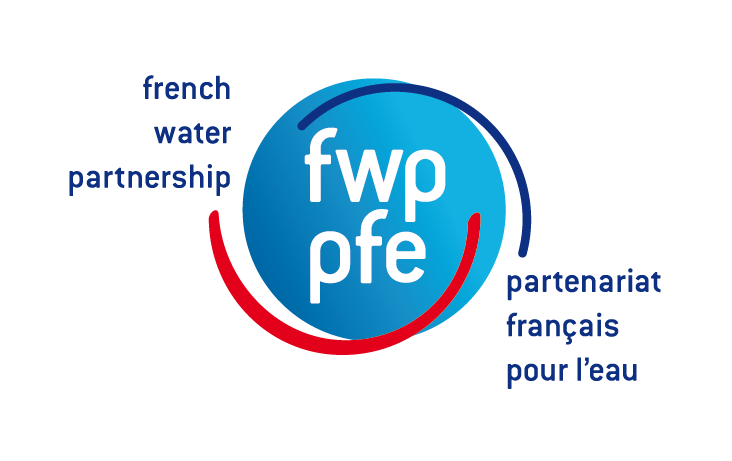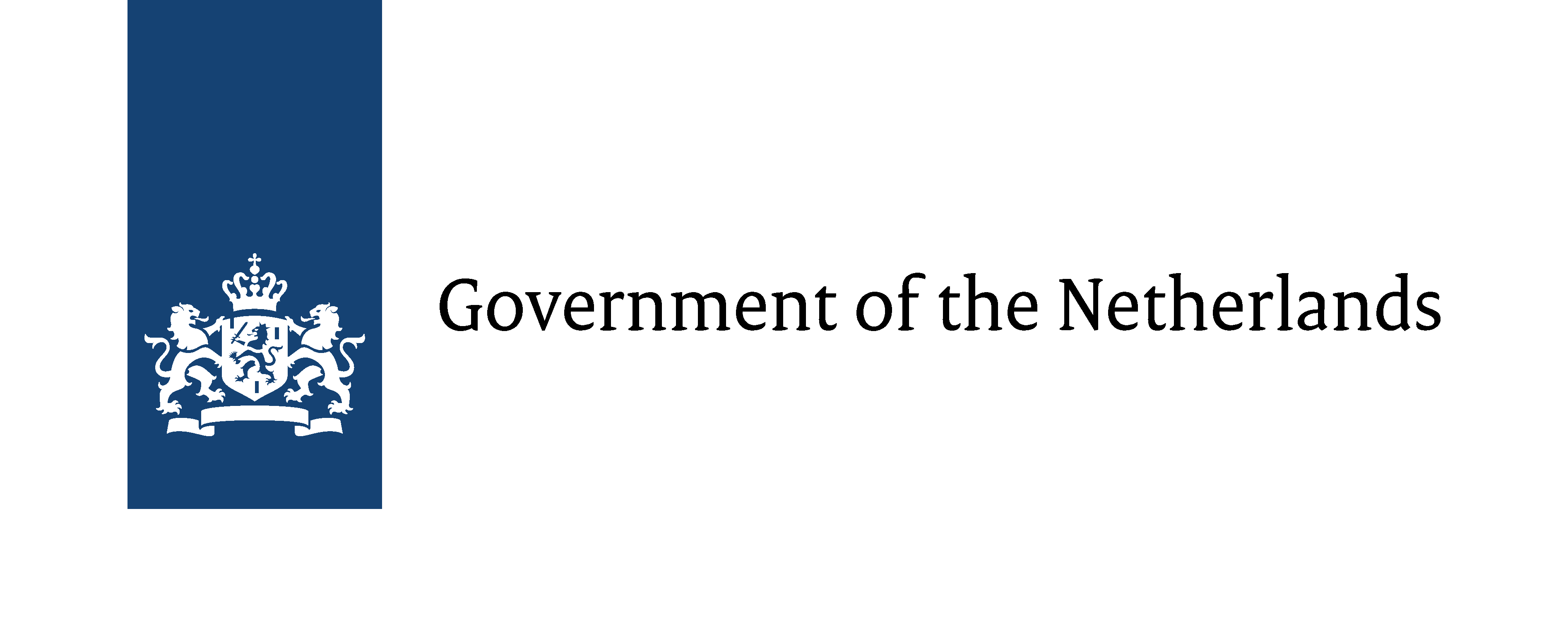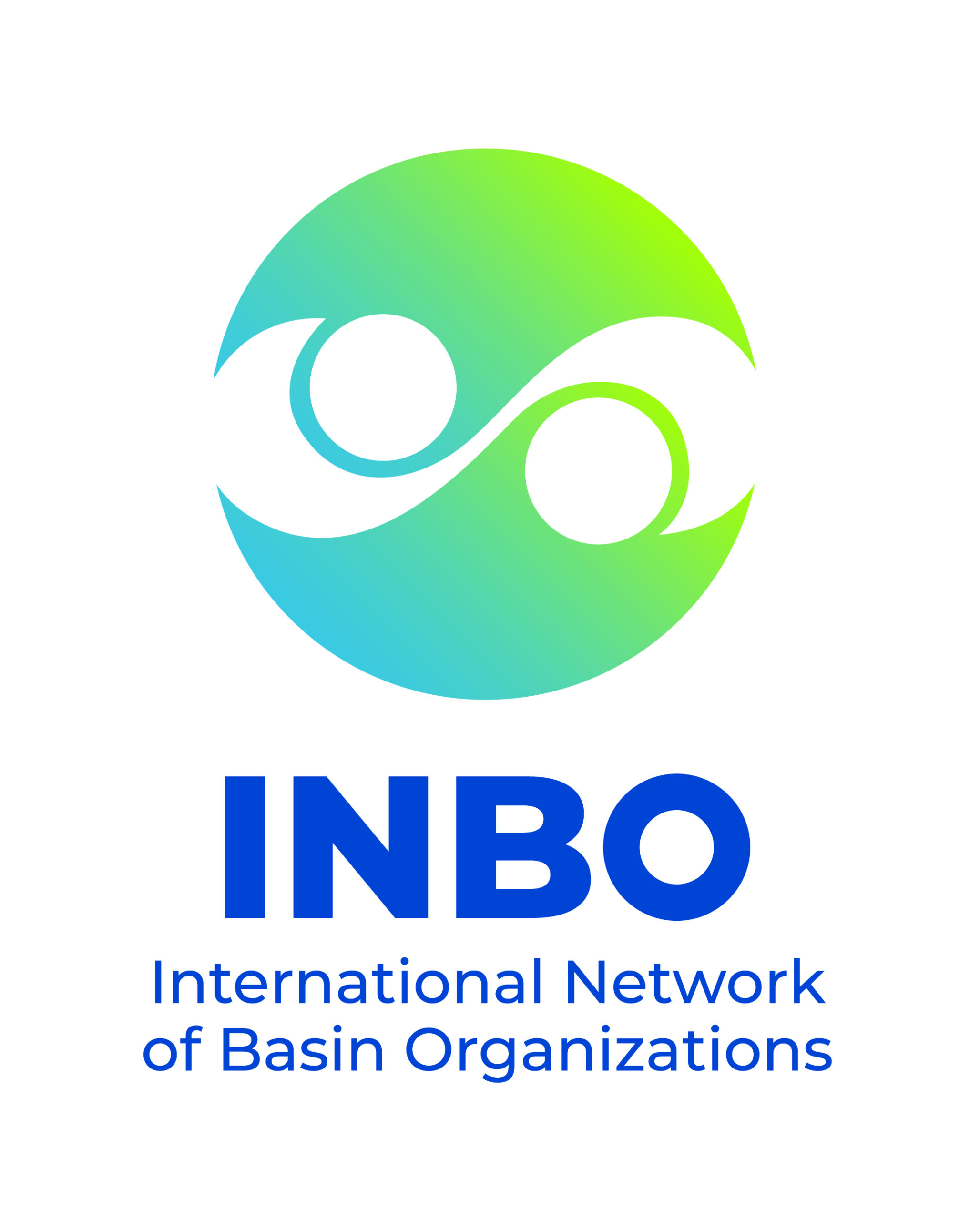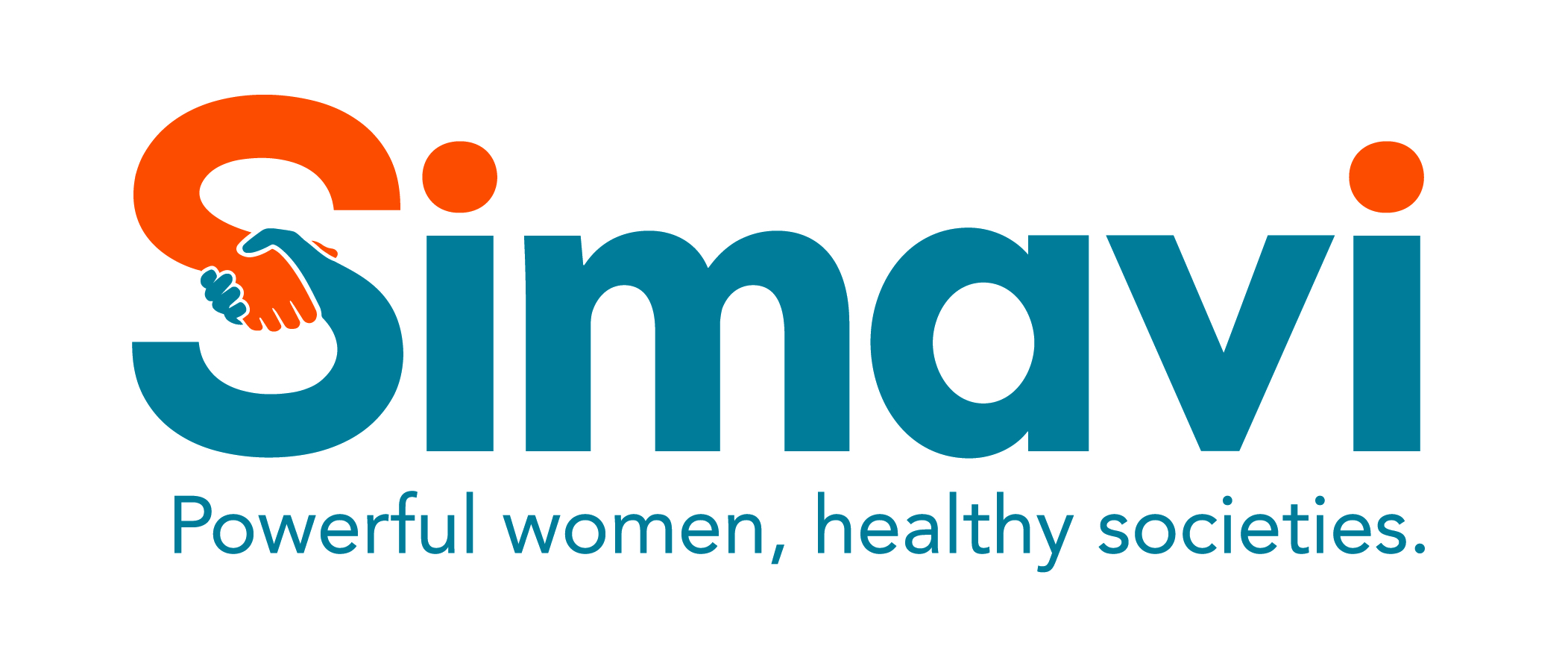Welcome and Introduction
The aim of this session is to share with the audience the goals for the day, introduce the objectives, and the agenda. In this session a background to the Global Goal on Adaptation will be shared, highlighting the current state of water in the GGA negotiations: 1) What is the current landscape; 2) Why is it important for the water community to be involved?
